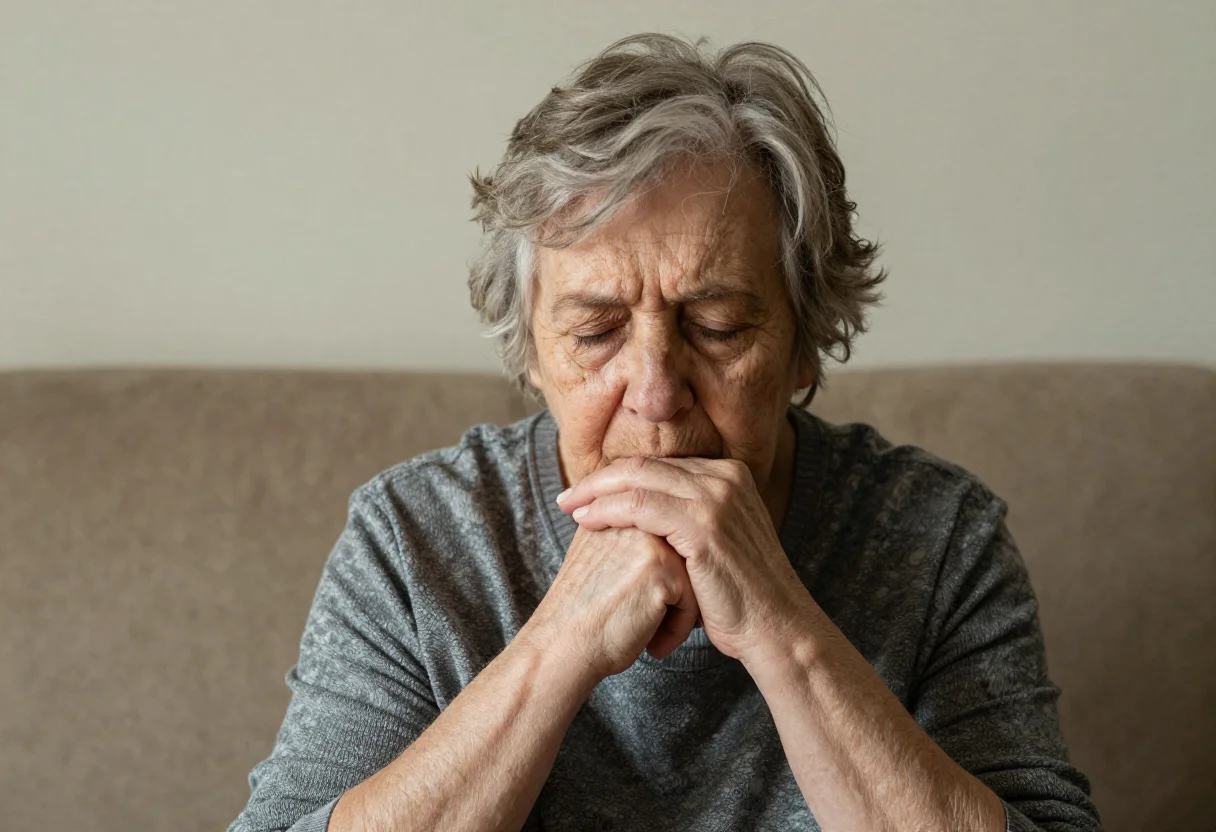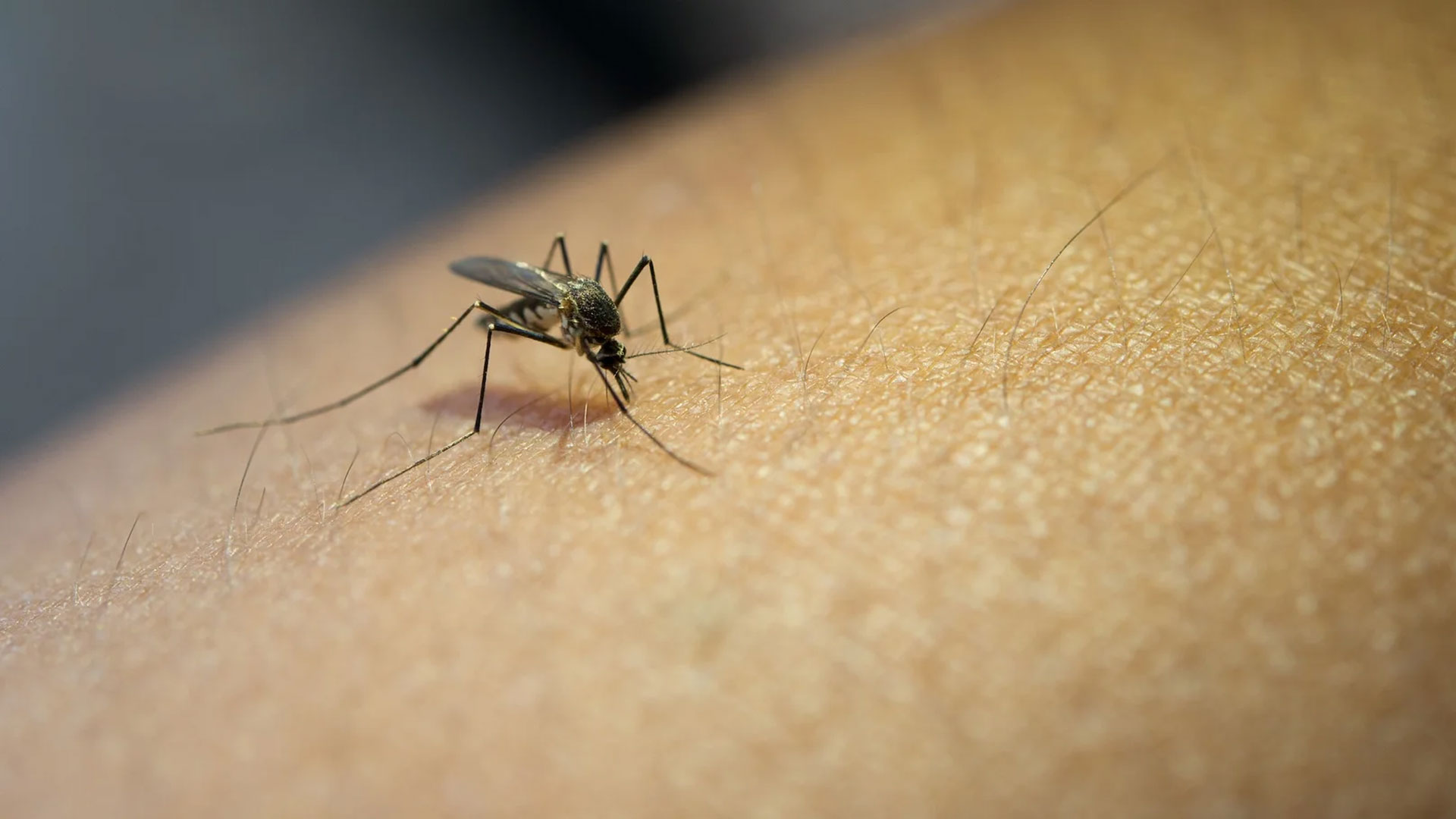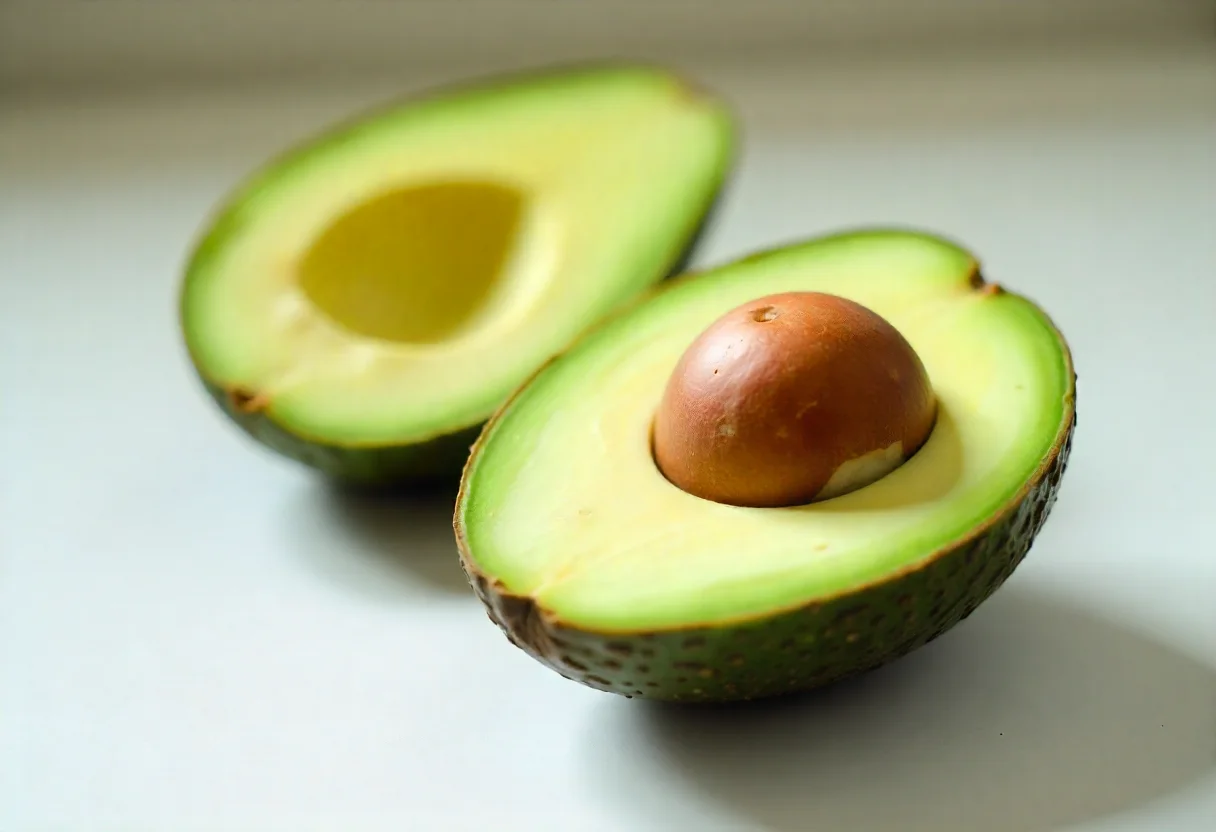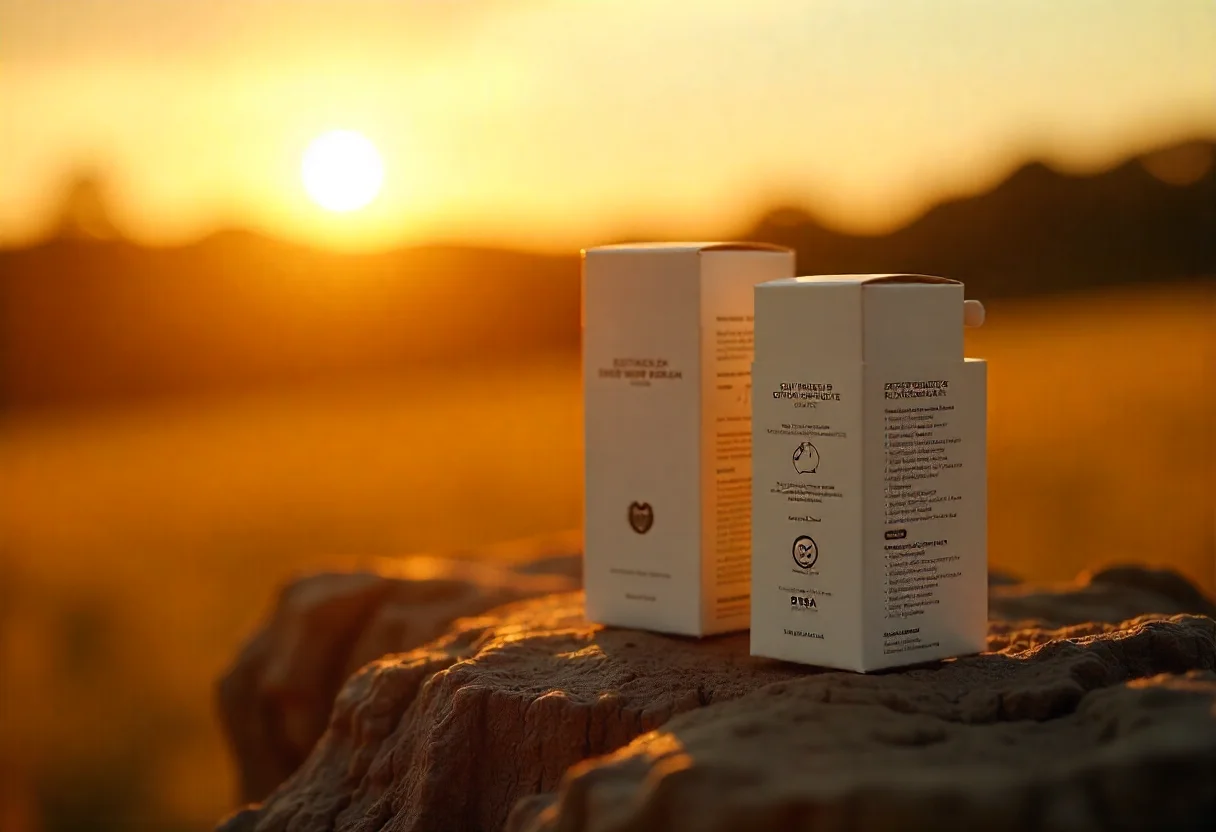
In most studies on aromatherapy, the emphasis has been on the physiological rather than the psychological effects of aromatic scents. However, in addition to its physiological effects, aromatherapy also exerts many psychological effects and demonstrates the greatest impact on subjective stress and mood. Among the recognized properties of aromatherapy are its abilities to enhance concentration, cognitive performance, memory, sleep quality, and emotional health, as well as to alleviate stress, fatigue, pain, anxiety, and depression.
The number of publications on the use of aromatherapy for treating anxiety, depression, and insomnia has steadily increased over the past two decades, particularly in the last five years. This trend indicates a growing interest in the field of aromatherapy for alleviating emotional and mental distress. A significant increase in publication outputs and citations was recorded until 2021, reaching a record level of 193 publications and 4684 citations. From 2001 to 2021, the number of citations to these publications also increased steadily. In light of these findings, essential oils are gaining popularity as a treatment for mood and sleep disorders.
The pleasant aromatic nature of essential oils strongly affects the human body through the functioning of the limbic system. When the scent molecules in essential oils are inhaled, they pass through the nose to the olfactory nerves and subsequently reach the brainThese scents particularly activate the limbic system, which is often referred to as the "emotional brain" due to its role in regulating heart rate, blood pressure, respiration, memory, stress levels, and hormonal balance.
Within the limbic system, the amygdala plays a central role in emotional responses. It is involved in emotions such as pleasure, fear, anxiety, and anger, and it links emotional significance to specific memories. This mechanism explains why emotionally charged memories tend to persist longer. The strong connection between the limbic system, olfaction, and emotion elucidates how certain scents can evoke intense emotional responses and demonstrates the psychological benefits of inhaling essential oils.
Clinical studies have investigated the role of olfactory stimulation following the inhalation of essential oils. After volatile molecules are inhaled, they trigger a nerve impulse along the olfactory pathway that enters the limbic system in the brain, where they are processed by the amygdala and hippocampus. The amygdala produces an emotional response, while the hippocampus is responsible for memory and learning related to past events. Studies have shown that scent-induced memories and positive associations can have a beneficial effect on mood, health, and well-being.
Inhaling essential oils offers a cost-effective, safe, and appropriate treatment opportunity for individuals experiencing mental illness. Human studies have shown that inhaling essential oils reduces symptoms of anxiety and depression and improves mood and relaxation. The psycho-physiological effects of aromatherapy, which reduce physical pain and improve mood, have also been proven.
Lavender Essential Oil (Lavandulae aetheroleum): Obtained by steam/water distillation of the fresh flowering parts of Lavandula angustifolia Mill., from the Lamiaceae family. Its main active ingredients are linalool and linalyl acetate. Other components include limonene, camphor, terpinen-4-ol, lavandulol, lavandulyl acetate, and 1,8-cineole.
Lavender essential oil has long been known as an effective agent in sleep disorders. In a study conducted with 67 elderly individuals experiencing sleep problems, a significant increase in melatonin levels was observed in the group that used lavender essential oil after four weeks. Both in vitro and in vivo studies have shown that lavender essential oil containing linalool and linalyl acetate can interact with serotonin transporters, MAO-A, GABA-A, and NMDA ionotropic receptors. These biochemical interactions explain the anxiolytic, antidepressant, and relaxing effects of lavender essential oil. It has also been reported to reduce behavioral symptoms in individuals with dementia, decrease anxiety levels after inhalation, and improve mathematical performance.
Frankincense Essential Oil (Boswelliae serratae/carterii aetheroleum): Obtained by steam/water distillation from the resins of Boswellia species. The most commonly used species are Boswellia carteri Birdwood and Boswellia serrata Roxb. It contains α-pinene, limonene, sabinene, 1,8-cineole, and α-thujene.
Historically, frankincense was widely used in ancient religious rituals and embalming practices, particularly in Ancient Egypt. In modern times, scientific studies have demonstrated its therapeutic potential, particularly in the management of sleep disorders and anxiety. These effects are attributed primarily to the presence of limonene and α-pinene, which have been shown to modulate biochemical markers by reducing corticosteroid and glutathione levels. Such interactions may help restore neuroendocrine balance, contributing to the anxiolytic and sedative properties observed with frankincense essential oil.
Peppermint Essential Oil (Menthae piperitae aetheroleum): Obtained by steam/water distillation of the fresh, flowering aerial parts of Mentha piperita L., from the Lamiaceae family. Its main component is menthol, with menthyl acetate, limonene, isomenthone, menthone, and carvone also present.
Menthol is well known for its ability to enhance mental clarity and focus. Several studies have indicated that peppermint essential oil may improve cognitive performance, memory, and alertness. In one controlled study, individuals who inhaled peppermint essential oil demonstrated a 28% improvement in tasks requiring attention and memory.
Despite its benefits, peppermint essential oil is contraindicated for oral use in individuals with heart disease, glucose-6-phosphate dehydrogenase (G6PDH) deficiency, epilepsy, cholestasis, and gastroesophageal reflux disease (GERD). Topical application to the faces of children under 4 years old should be avoided due to the risk of respiratory distress. Additionally, it is not recommended for individuals undergoing homeopathic treatment, and high doses may exert neurotoxic effects.
Lemon Essential Oil (Limonis aetheroleum): Obtained by cold pressing the fresh peels of the fruits of Citrus limon (L.) Burman fil. from the Rutaceae family. It is mainly composed of limonene, with β-pinene, γ-terpinene, sabinene, and geranial also present. Lemon essential oil has demonstrated beneficial effects on memory and cognitive function. Studies have shown that it can reduce acetylcholinesterase activity and help prevent scopolamine-induced amnesia, indicating a potential role in protecting against memory impairment. Additionally, lemon oil is widely recognized for its anxiolytic and antidepressant properties, as well as its ability to alleviate psychological and physical stress.
Rose Essential Oil (Rosa damascenae aetheroleum): Obtained by steam/water distillation from the fresh petals of Rosa damascena Mill., from the Rosaceae family. Contains citronellol, geraniol, nerol, and methyl eugenol. Widely cultivated in Turkey and Bulgaria, the oil is highly valued in the pharmaceutical, cosmetic, and perfume industries. Approximately 242,000 rose petals are needed to produce just 5 ml of rose essential oil. Research shows that rose essential oil has hypnotic, anticonvulsant, antidepressant, anxiolytic, and analgesic effects. It may also alleviate symptoms of morphine withdrawal. Thanks to its powerful antioxidant capacity, it can be beneficial for oxidative stress-related depression when inhaled.
In a clinical study involving 16 children with treatment-resistant epilepsy, antiepileptic effects were observed following exposure to rose essential oil. Another study, conducted with 30 children experiencing sleep disorders, found that inhalation of rose essential oil before bedtime over two weeks significantly reduced sleep resistance, night terrors, and morning awakening difficulties. Additionally, rose essential oil has shown positive effects on cognitive functions in vitro by inhibiting acetylcholinesterase and butyrylcholinesterase enzymes, supporting memory and cognitive function.
Vetiver Essential Oil (Vetiverae aetheroleum): Obtained by steam/water distillation from the roots of Vetiveria zizanioides (L.) Nash. from the Gramineae (Poaceae) family. The plant’s deep, dense root system helps prevent soil erosion and is the main source of the essential oil. It contains khusimol, khusinol, germacrene-D, bicyclovetivenol, vetivenic acid, β-vetivenene, and zizanal, as well as many yet unidentified compounds.
Several studies support the neurological and psychotropic effects of vetiver essential oil. In a preclinical study involving rats, inhalation of vetiver oil was found to increase brain electrical activity and modulate EEG wave patterns, producing notable anticonvulsant and anxiolytic effects. Its efficacy was found to be comparable to that of benzodiazepines, with both interventions showing increased c-fos gene expression in the amygdala, indicating neuronal activation in key emotional processing centers.
Vetiver essential oil is also associated with enhanced attention, learning capacity, and memory consolidation. Inhalation has been shown to accelerate reaction times and stimulate the sympathetic nervous system, suggesting a cognitive-enhancing and alertness-promoting effect. These stimulating properties may support its potential role in learning enhancement and cognitive function improvement. Additionally, vetiver essential oil is considered a promising natural therapeutic for managing neurodegenerative conditions such as dementia and Alzheimer’s disease.
Patchouli Essential Oil (Pogostemon cablin aetheroleum): Obtained by steam/water distillation from the dried leaves of the Asian-native Pogostemon cablin (Blanco) Benth. of the Lamiaceae family. Its main component is the sesquiterpene patchouli alcohol (patchoulol), with α-patchoulene, β-patchoulene, α-bulnesene, β-caryophyllene, and pogostone also present. It holds a significant place in the perfumery industry.
Bergamot Essential Oil (Citri bergamiae aetheroleum): Obtained by cold pressing the fresh peels of Citrus aurantium L. var. bergamia Engler from the Rutaceae family. Main components include limonene, linalyl acetate, linalool, γ-terpinene, α- and β-pinene, neral, and geranial. With its refreshing scent, it is widely used in the food, pharmaceutical, and cosmetic industries. It is an important aromatherapy agent for providing mental and emotional relaxation.
Bergamot essential oil has been shown in studies to have anxiolytic effects similar to benzodiazepines in cases of anxiety and stress. It reduces the corticosteroid response to stress and has a calming effect on the nervous system. In an animal model, it was found to increase GABA release in the hippocampus, suggesting its potential to promote relaxation, ease sleep initiation, and balance mood. It is especially used to manage mental fatigue, irritability, and tension. However, due to its photosensitivity, it should not be exposed to direct sunlight and should be stored in a dark cool place, preferably in the refrigerator.
Clary Sage Essential Oil (Salvia sclarea aetheroleum): Obtained by distillation from the flowering parts of Salvia sclarea from the Lamiaceae family. Its primary constituents include linalool, sclareol, linalyl acetate, cineole, and caryophyllene. Clary sage essential oil is particularly recognized for its role in hormonal balance, women’s health, and mood regulation. In a study involving 22 menopausal women, the oil demonstrated antidepressant-like effects following inhalation. The participants exhibited a significant reduction in plasma cortisol levels and an increase in serotonin (5-HT) levels, indicating a stress-reducing and mood-stabilizing action. Due to these properties, clary sage essential oil is commonly used in managing premenstrual syndrome (PMS) and menopausal symptoms, particularly for alleviating hormone-related mood fluctuations and promoting emotional well-being.
Ylang Ylang Essential Oil (Cananga odorata): Obtained by steam distillation from the flowers of Cananga odorata of the Annonaceae family. It contains benzyl benzoate, linalool, benzyl alcohol, along with monoterpenes, sesquiterpenes, phenylpropanoids, and nitrogen-containing compounds. In aromatherapy, ylang ylang is treasured for its soothing and emotionally harmonizing effects. A clinical study involving 144 healthy volunteers using the Cognitive Drug Research assessment system found that inhalation of this essential oil significantly enhanced feelings of calm, even though it slightly reduced alertness, memory, and reaction speed.
Another study conducted on 40 healthy individuals revealed that transdermal application of ylang ylang oil led to a drop in blood pressure and a rise in skin temperature, with participants reporting a strong sense of relaxation and emotional ease.
Let us realize that all diseases begin in the soul and balance our emotional system before it reaches the body!
Hedigan, F., H. Sheridan, and A. Sasse. Benefit of inhalation aromatherapy as a complementary treatment for stress and anxiety in a clinical setting–A systematic review. (2023).
Kwon, Sungho, Jihoon Ahn, and Hyunsoo Jeon. Can aromatherapy make people feel better throughout exercise?. (2020).
Cao, Xia, et al. Aromatherapy in anxiety, depression, and insomnia: A bibliometric study and visualization analysis. (2023).
Nirwane, Abhijit M., et al. Anxiolytic and nootropic activity of Vetiveria zizanioides roots in mice. (2015).
Hwang, Jin Hee. The effects of the inhalation method using essential oils on blood pressure and stress responses of clients with essential hypertension. (2006).
Shin, You Kyoung, et al. Effects of short-term inhalation of patchouli oil on professional quality of life and stress levels in emergency nurses: A randomized controlled trial. (2020).
Han, Xuesheng, et al. Bergamot (Citrus bergamia) essential oil inhalation improves positive feelings in the waiting room of a mental health treatment center: A pilot study. (2017).
Donelli, Davide, et al. Effects of lavender on anxiety: A systematic review and meta-analysis. (2019).
Appleton, Jeremy. Lavender oil for anxiety and depression. (2012).
Peng, Zhuochao, Pieter MA Desmet, and Haian Xue. Mood in Experience Design: A Scoping Review. (2023).















